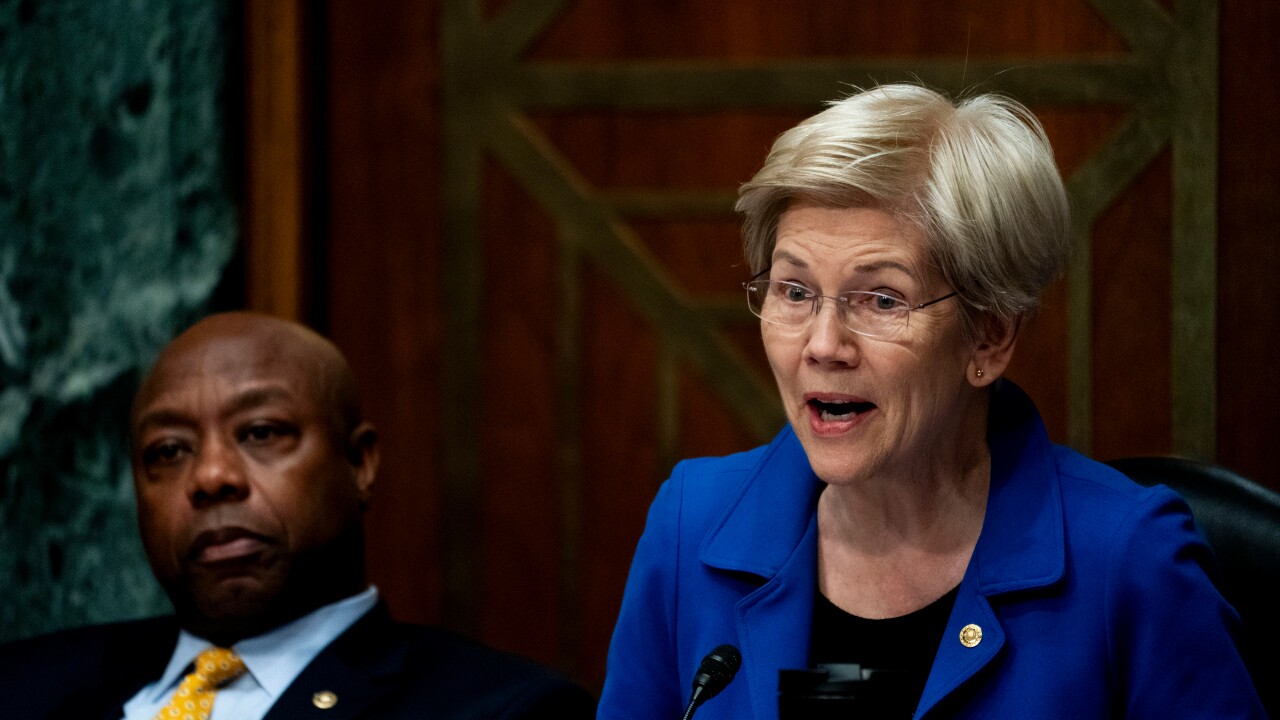The data aggregator Plaid and U.S. Bancorp have agreed to share bank customers’ account data through an application programming interface, rather than through screen scraping.
This is not a first. Plaid says it has forged data-sharing agreements with the majority of the top 10 financial institutions and it has an API-based data exchange that’s used by hundreds of small financial institutions. The banks have also signed with other data aggregators, including Finicity and Intuit.
But the move by Minneapolis-based U.S. Bancorp, which has $553 billion of assets, is the latest sign the industry is moving away from screen scraping and toward sending customer data directly to the aggregators through APIs. There are nuances to this agreement, such as a commitment to keeping the data portals that the bank and Plaid provide to consumers synchronized, that may shape the way data-sharing contracts are written in the future.

Banks and data aggregators have been migrating away from screen scraping for the past five years, after the practice became an issue for banks and some began blocking the activity.
According to the Financial Data Exchange, a group that has banks and data aggregators as members, more than 16 million consumer accounts in the U.S. and Canada have been converted from credential-based screen scraping, where the data aggregator collects a consumer's online banking user name and password and uses it to access and copy transaction data from the account, to the FDX API for data sharing.
There's still a ways to go; the Financial Data Exchange estimates that 80 million to 100 million U.S. and Canadian consumers have shared their online banking credentials with data aggregators to scrape their financial information for one or more fintech apps. Plaid, the largest U.S. data aggregator, has said it wants 75% of its data traffic committed to APIs by the end of 2021.
Because of this agreement, U.S. Bank's customers’ online banking credentials will no longer be stored en masse at Plaid; the aggregator has vowed to delete them from its databases.
“It’s one thing for us to say, please don't ever give away your credentials, but then if there isn't an alternative, it's hard to stand behind that,” said Gareth Gaston, executive vice president and chief digital officer for enterprise platforms and capabilities at U.S. Bank. “Now we know we have the alternative and the mechanism by which the customer no longer has to share their credentials. We feel that responsibility to make sure that our customers are safe.”
Ginger Baker, head of financial access at Plaid, said the collaboration between Plaid and U.S. Bank was unusual in “the way that the teams came together around the technical implementation, which I believe really put the consumer front and center in every decision that we made across the board.”
One unique characteristic of the agreement between the two companies is that U.S. Bank’s permissions hub and Plaid’s portal will be constantly in sync, Baker said.
“What this means is that both U.S. Bank and Plaid have services in which they're offering consumers the opportunity to take control of how their data is being permissioned and where it's being permissioned,” Baker said. “So they now have transparency about where their U.S. Bank account has been linked, and they can find that information both through U.S. Bank’s permissions hub and Plaid’s portal. I think that's really game-changing for the kind of control it gives to people.”
One thing both sides agreed on early in their collaboration was that “nobody in this entire ecosystem has a 100% view for any customer,” said Gaston. Giving the customer options and transparency, as in the synced portals at the two companies, became important, he said.
In the bigger picture, U.S. Bank would like to eliminate its customers' credentials from being stored anywhere outside the bank.
“We actually do block screen scraping,” Gaston said. “We maintain a whitelist for companies with which we're having contract negotiations. But then as we see others coming in, we block them and then we'll engage in a conversation with them and say, hey, it looks like you want data. Here's how we do this.”
The technology side of creating this API pipe to Plaid was not too difficult, Gaston said. For one thing, U.S. Bank has been developing APIs for its customer data for some time. For another, the bank has a customer data repository called Customer 360 that houses the data Plaid would come and get, so there was no need to do a core system integration.
U.S. Bank customers will receive text and email messages about fintech apps they’ve signed up for.
“I think that communication is really vital,” Gaston said. That also came out of the collaboration with Plaid, he said.
Plaid's relationship with banks is not always smooth.
Plaid and U.S. Bank give some credit for their partnership to the Financial Data Exchange. Both are members of the group.
“We’re grateful for the work that we're doing as part of FDX,” Baker said. “We’re driving towards this open finance framework, but there's flexibility in how we get there. Some of the integration decisions that were done between Plaid and U.S. Bank were a result of having that flexibility. It helps us to provide customer choice and control, but in the context of a framework that the industry is defining together.”





